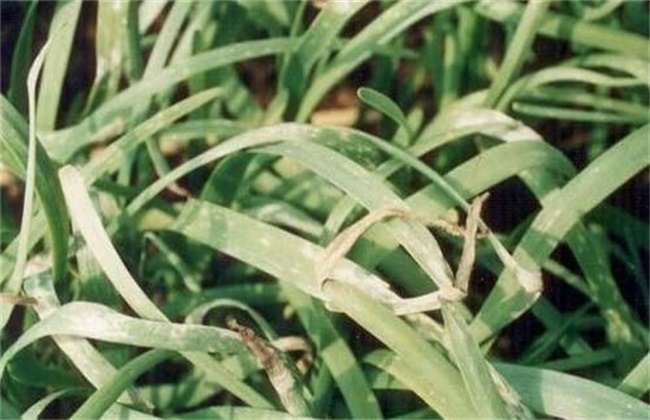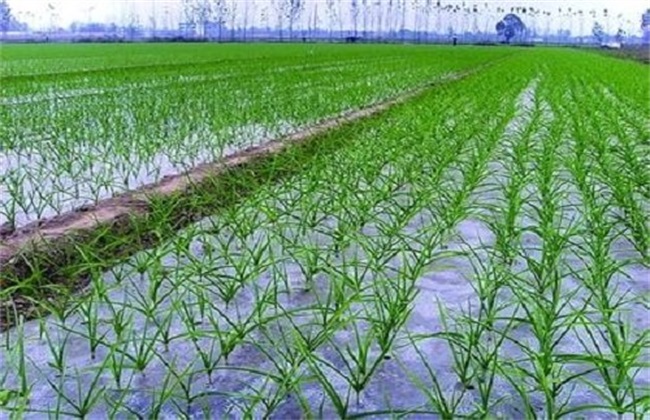Planting techniques of Artemisia annua L.
Artemisia annua, also known as Artemisia annua, is a kind of plant of Compositae. It is distributed all over our country and is welcomed by many people. The tender stems and leaves of Artemisia annua can be used as vegetables, not only for cold dressing, but also for stir-frying. So now more and more people are growing Artemisia annua. But many people don't know how to plant it. So the editor brings you the planting technology of Artemisia annua today. Let's take a look at it.

1. Soil preparation and fertilization
Before planting Artemisia annua, we first need to do a good job of soil preparation and fertilization of planting plots. The previous crops of the planting plot should be mainly non-Compositae crops to ensure a good condition of drainage and irrigation and high soil fertility. Before planting, it is necessary to do a good job of ploughing and drying the soil, and apply sufficient base fertilizer. Mainly to mature farm manure, and then prepare the land to do the border, the width of the border is maintained at about 2 meters, mainly in deep trenches and high border cultivation. Then we should also pay attention to the removal of weeds in the field to ensure the normal growth and development of Artemisia annua root system and improve nutrition accumulation.
2. Strip sowing and planting
The propagation method of Artemisia annua is generally seed-based. The time of sowing is generally in March-April of each year, and then sow directly after fully mixing the seeds with fine soil. The sowing method can be either live or webcast, but it is best to be able to broadcast. When broadcasting, the line spacing should be kept around 30cm. Then cover a layer of fine soil and water it after sowing. Normally, seedlings will emerge in late March. After the emergence of seedlings, we should do a good job of replenishing seedlings to ensure the rate of homogeneous seedlings.
3. Field management
When Artemisia annua L. is sowing, its temperature is still relatively low, so it is vulnerable to severe frost. So if the ground part is hit by frost, then be careful to cut off the stem of Artemisia annua in time. Then remove the litter and weeds in the field and loosen the soil properly. Apply an appropriate amount of compound fertilizer per mu, pour in enough bottom water, and then buckle the shed cover film for about a week. Cover the plastic film directly on the plant and compact the surrounding area. If the application of soil is large, then we should delay the time of mulching plastic film appropriately. Finally, on a sunny day, the temperature is higher at noon, so it is necessary to do a good job of ventilation and reduce temperature and humidity at this time.
4. Harvest management
There are two planting methods of Artemisia annua L.: open field planting and facility planting. If planted in facilities, Artemisia annua can be covered in stages and batches. It can advance the time to market and ensure a balanced supply. If the planting is covered in the greenhouse, it can be harvested and listed when the plant grows to about 22 cm about one and a half months after the mulch. When harvesting, first cut at the base of Artemisia annua, retain a small amount of new leaves on the tender stem, and remove all other leaves. Then stack it in a cool place and cover it with a layer of wet cloth to soften it and go on the market.
The above is a brief introduction to the planting technology of Artemisia annua. That's all for today's introduction. This article is for reference only. I hope it can help you all.
Related
- Where is it suitable to grow horseradish in China? it is expected to see the middle altitude horseradish in Alishan.
- How to prevent tomato virus disease reasonably? (Control methods included)
- Many people like to plant towel gourd on the balcony. What are the main points of this method and management?
- What crops can chili peppers be mixed with?
- Fertilization techniques and matters needing attention in Tomato
- What are the grafting techniques for peach seedlings in spring?
- Harm and control methods of root swelling disease of Chinese cabbage
- What are the pests of sweet potatoes? How to prevent and cure it?
- Symptoms, causes and Control methods of navel Rot in Tomato
- The cause of "Cucumber rotten bibcock" in Farmers' planting Cucumber and its Control Plan



